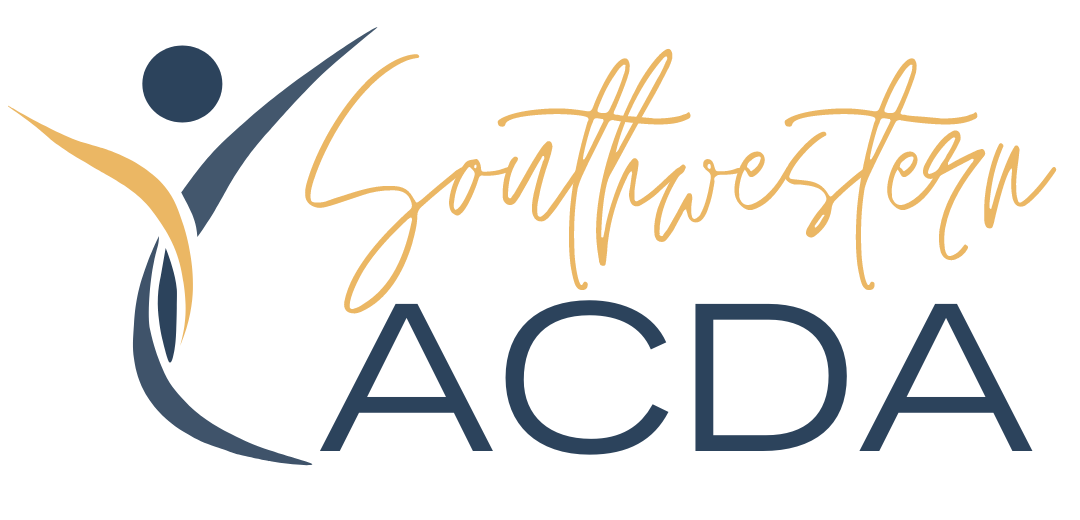Nathan Wubbena – Children/Community Youth R&R Chair
Selecting repertoire is one of my favorite things to do. I almost always find it challenging to whittle down the list of songs I’d like to do with my singers because there are many wonderful pieces that offer so much to our students. I aim to provide a variety of contrasting pieces to my students and audiences throughout the year, so I’ve done the same for you in hopes that you can find one or more of these pieces that will fill a need. I hope you have a wonderful year of music-making!
- Jocelyn Hagen, Timothy Takach
- Voicing: Round, any voicing
- Instruments: None
This longer round offers the chance to build several musical concepts with any choir level, including articulations, phrasing, syncopation, leaps, and both polyphonic and homophonic harmony. It also has an option to include audiences. But perhaps what I like best about this is the text: simple yet meaningful; it can open a path to a larger conversation, especially at the beginning of the year as we create norms within our groups.
Freedom Train
- Traditional
- Voicing: Round, any voicing
- Instruments: Piano optional
I include rounds in most of my warm-ups to bring together all the concepts we just worked on individually and build independent singing (and, of course, they work well for performance components, too!). This round contrasts the other one and is well-loved by all the students I’ve done it with. A colleague, Kim Watkins, gave me a piano arrangement a student of hers had done, which was a blast and livened it up even more. You can find that HERE.
- Paul Read
- Voicing: SA
- Instruments: Piano
I’ve done this piece several times, from beginning 6th-grade choirs to advanced treble groups. It begins in unison and moves in and out of harmonies. It mostly utilizes call-and-response type harmonies that sometimes move into homophonic harmonies in a non-simplistic yet accessible way. It has MANY opportunities for teaching musicality and sings beautifully. I tend to look for pieces that the piano adds to the overall effect, and this one does just that without being too difficult to play.
- Nathan Howe
- Voicing: 2-part (Children/SATB, SATB, SAB, TTBB also available)
- Instruments: 4 hand piano (2 hand also available)
This piece is playful and will capture your audience – it is one that people tend to listen to and chuckle at throughout, and any level of group can be successful and enjoy this piece. I am in a situation where I often need something that will work for a treble and mixed group to combine, and this has that built in as an option. Nathan is a SWACDA region (Colorado) composer and is a great pianist, so once again, the piano in either version adds a lot to this piece.
- Joan Szymko
- Voicing: SA (SSA, SATB also available)
- Instruments: Piano, optional violin
Joan Syzmko did a lovely job with this piece, which was commissioned by Chorus America. I recommend it for middle school students and older; it worked well for my singers of this age level and strongly impacted them and our audiences. From the composer’s website: “an accessible work for treble choir that explores the real-life consequences of bullying; evoking a spirit of empathy, not with sugar-coated niceties, but with uncensored emotions, real taunts, and fears.” It offers simple staging suggestions that are impactful and easy to implement. We commissioned her to write a violin part for this piece, which is not listed online, but you can contact the composer to inquire about it. In performance, we paired this piece with Kyle Pederson’s “Does the World Say” (which also has a lovely violin part and similar message, albeit somewhat more positive). We went directly into that piece at the end of this one for additional impact.
- Ryan Main
- Voicing: SSA (SATB, SAB, Two-Part, TB, TTBB also available)
- Instruments: Piano
An uplifting and driving piece, this is for more advanced singers, though with many voicings, there is some flexibility in this. I love the text – a good story and overall message. There are numerous educational opportunities, including mixed meter, dynamic contrast, and clean diction. My students enjoyed singing this piece, and it was a good closer in both the overall feel and final message. We also successfully combined an SSA version with SATB in one combined performance with another group – whenever you can collaborate, do it!
